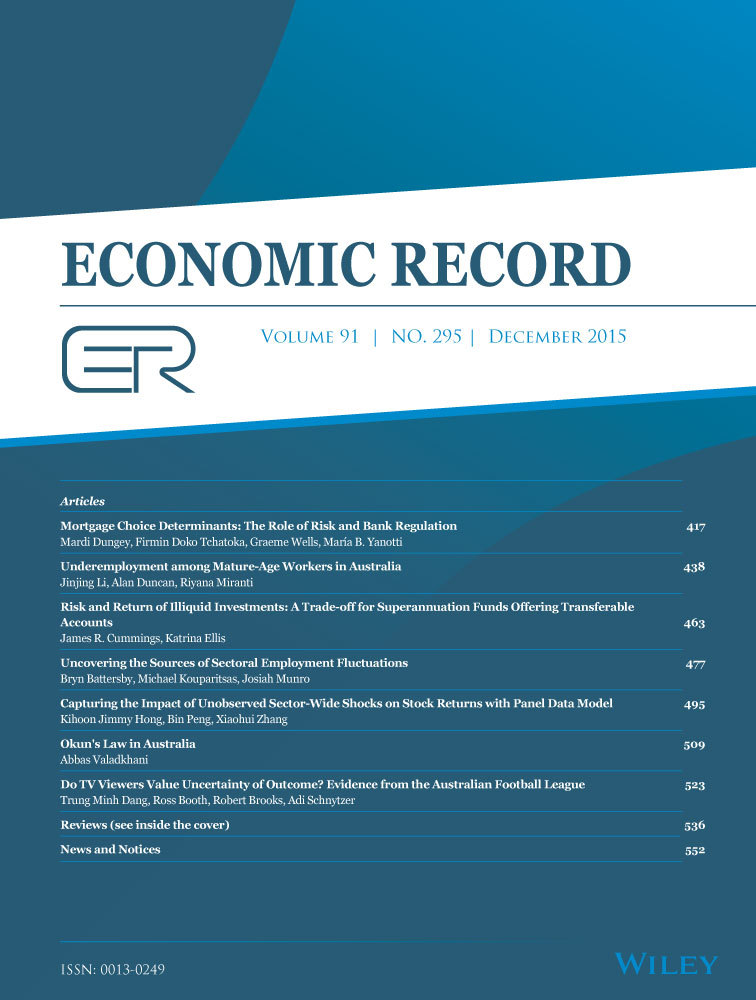The Customs Union Issue, by , edited and with an introduction by Paul Oslington (Oxford University Press, Oxford, 2014), pp. xiv + 198.
Multilateral trade liberalisation is at a crossroads. The Doha round of World Trade Organization (WTO) negotiations was suspended in 2006 because there were no significant changes in the negotiators’ positions and the gaps remained too wide in the negotiations on market access for non-agricultural products, agriculture and other aspects of trade. In contrast, regional trade agreements (RTAs) have become increasingly prevalent since the early 1990s. As of 7 April 2015, some 612 notifications of regional trade agreements had been received by the GATT/WTO. Of these, 406 were in force. Therefore, the timely new publication of Jacob Viner's classic work, The Customs Union Issue, edited and with an introduction by Paul Oslington, has a special significance.
This volume reproduces Viner's original 1950 text in full, omitting only the list of customs union documents and the portion of the bibliography associated with that list. The book contains seven chapters. Following a short introduction in Chapter 1, Viner discusses the notion of customs union, the relationship between customs union and the most-favoured-nations principle, and the departure of customs unions and other preferential trading arrangements from the most-favoured-nations principle in Chapters 2 and 3. Chapter 4 is the core of the book. In this chapter Viner discusses the economics of customs unions in detail and introduces the concept of trade creation and trade diversion, which later became famous as the concept of Vinerian trade creation and diversion, arguing that not all customs unions are desirable for their members and that the customs union is only the second best approach to free trade. Chapter 5 discusses the political aspects of customs unions. In Chapter 6, Viner discusses the Havana Charter and the exemptions from the most-favoured-nations principle of customs unions and other preferential trading arrangements. Finally, Chapter 7 discusses the prospects for customs unions, especially the formation of a customs union in Western Europe.
From Viner's book, we can draw the following main points and implications. First, any preferential trading arrangement is a departure from the most-favoured-nations principle and, therefore, is discriminatory in nature.
Second, not all preferential trading arrangements will benefit the contracting members, based on the concept of trade creation and trade diversion. A member could be worse off rather than better off if the formation of a customs union leads to trade diversion. However, even in the case of trade creation, preferential trading arrangements are still the second best approach to free trade as compared to non-preferential trade liberalisation. In addition, the complexity of preferential trading arrangements safeguarding varying levels of protection against external third parties will almost certainly cause a degree of trade diversion. In contrast, non-preferential trade liberalisation will allow the underlying pattern of comparative advantage in the world to emerge, leading eventually to patterns of specialisation among countries and regions that make the most efficient use of available resources.
Third, one of the considerations for governments to seek preferential trading arrangements is that they may be able to reap gains from trade in product areas where they cannot compete internationally. In other words, preferential trading arrangements could serve the purpose of shutting out third-party competition from more efficient suppliers. Therefore, preferential trading arrangements may adversely affect the internal dynamics of trade liberalisation in the political economy sense, especially where preferential trading arrangements exclude ‘difficult sectors’ from coverage. If groups favouring liberalisation can be at least partially satisfied through regional arrangements that exclude more protectionist sectors, then the balance of forces for and against liberalisation in a multilateral setting is tilted in favour of those seeking to arrest liberalisation.
For the long-run problem of raising the level of economic well-being for the peoples of the world in general, customs union is only a partial, uncertain, and otherwise imperfect means of doing what world-wide non-discriminatory reduction of trade barriers can do more fully, more certainly, and more equitably, and it will be a sad outcome of confused thinking on our part if we in effect abandon our pursuit of the greater economic goal because of our fresh, and romantic, infatuation with the lesser goal. (pp. 170–1)
Paul Oslington's introduction is fascinating. The introduction spells out the context in which the book was written, the literature that pre-dated it, and the influence that Viner's contemporaries had on his thinking about preferential trading arrangements. Oslington not only discusses the criticisms that followed the publication of the book and Viner's responses to them, but also openly discusses Viner's lack of clarity about his assumptions and the fact that modern authors cite Viner's work more to establish their own authority on the subject than to engage closely with the analytical arguments it contains.
Due to the proliferation of preferential trading arrangements, the questions Viner addresses and some of his insights are more important and relevant today. Although the issues we confront today over the downside of preferential trading arrangements have shifted and multiplied, Viner's work remains as a warning that economists and policy-makers cannot afford to ignore. Therefore, the new edition of Jacob Viner's classic work is very timely and valuable. The book is accessible to a broad range of readers, including trade students, trade economists, policy-makers and business people. The book will benefit anyone who is interested in non-discriminatory free trade in general and in free trade agreements in particular.




